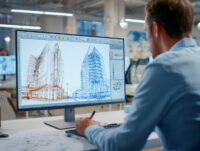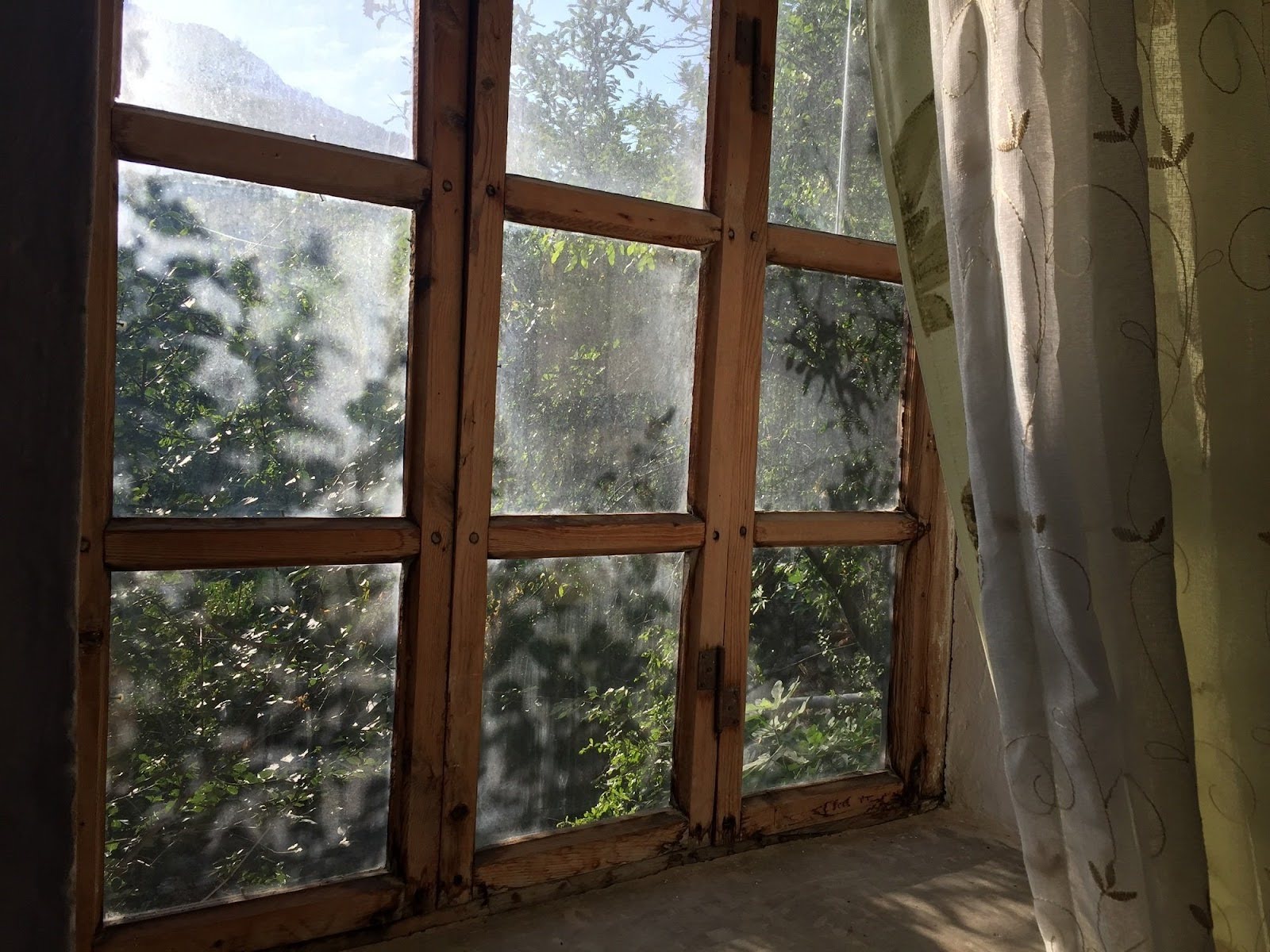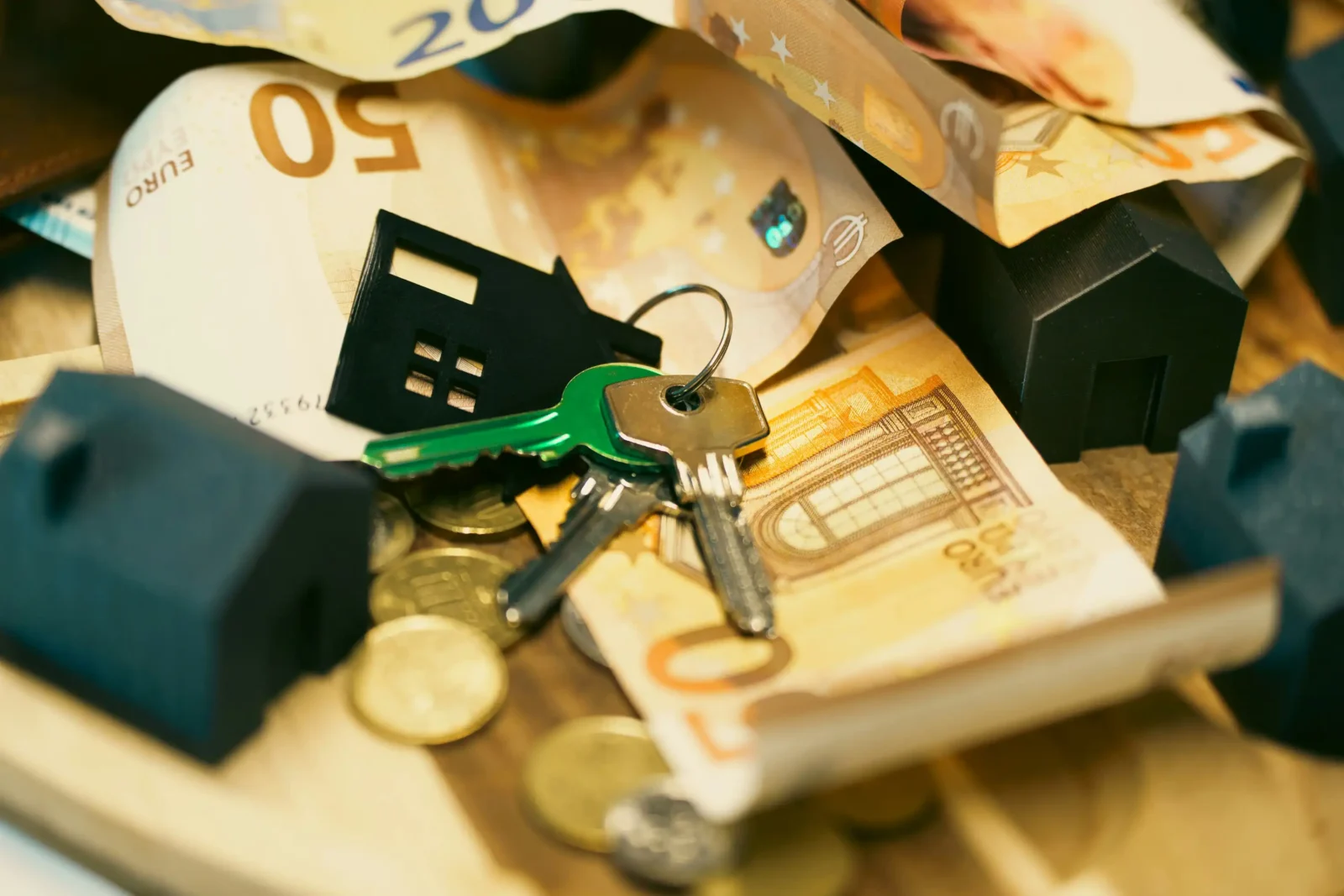- Home
- Articles
- Architectural Portfolio
- Architectral Presentation
- Inspirational Stories
- Architecture News
- Visualization
- BIM Industry
- Facade Design
- Parametric Design
- Career
- Landscape Architecture
- Construction
- Artificial Intelligence
- Sketching
- Design Softwares
- Diagrams
- Writing
- Architectural Tips
- Sustainability
- Courses
- Concept
- Technology
- History & Heritage
- Future of Architecture
- Guides & How-To
- Art & Culture
- Projects
- Interior Design
- Competitions
- Jobs
- Store
- Tools
- More
- Home
- Articles
- Architectural Portfolio
- Architectral Presentation
- Inspirational Stories
- Architecture News
- Visualization
- BIM Industry
- Facade Design
- Parametric Design
- Career
- Landscape Architecture
- Construction
- Artificial Intelligence
- Sketching
- Design Softwares
- Diagrams
- Writing
- Architectural Tips
- Sustainability
- Courses
- Concept
- Technology
- History & Heritage
- Future of Architecture
- Guides & How-To
- Art & Culture
- Projects
- Interior Design
- Competitions
- Jobs
- Store
- Tools
- More
How to Select the Best Cast Iron Radiator for Your Space

Cast iron radiators have been a preferred choice for heating systems because of their longevity, effectiveness, and traditional appearance. Whether you’re modernizing a house or adding a vintage flair to a historical property, style and utility depend on your choice of the cast iron radiator. Selecting the ideal one requires a thorough evaluation of both functional and design aspects given the many types, sizes, and finishes available.
Consider the Heat Output and Size
The size and heat output your space requires will help you decide which cast iron radiator to choose. British Thermal Units (BTUs) define the heat output; selecting the correct BTU value ensures effective heating of your room.
A too-small radiator will struggle to heat the area, while an oversized unit might cause unnecessary energy use. Take room size, insulation quality, and window location into account when determining the proper BTU. A heating consultant from the Cast Iron Radiator Company or several online BTU calculators can help you get a reasonable estimate.

Select the Appropriate Design and Style
Cast iron radiators come in a range of shapes, from classic ornate designs to modern streamlined forms. A Victorian or Edwardian-style radiator with intricate details can help to authenticate the area if you are restoring a vintage house.
Conversely, use a more simplified, contemporary style if you want a minimalist look. The overall aesthetic also heavily depends on the chosen finish. Radiators can be painted in a spectrum of colors or finished with a polished, raw, or antiquated look to match your interior decor.
Choose the Section and Column Count
Cast iron radiators have varying column layouts, usually spanning two to six columns. More columns are ideal for larger rooms or high-ceilinged areas since they increase the surface area and therefore provide more heat output.
Measuring your available space before you buy is crucial, as the number of sections also determines the general length of the radiator. A tall and narrow radiator would be more suited for a small space than a broad one. Balancing heat efficiency with available space ensures optimal heating and an aesthetically pleasing layout.

Installation and Maintenance
Installing a cast iron radiator requires careful planning due to its weight compared to contemporary steel or aluminum radiators. If you are hanging one on the wall, ensure your flooring and wall supports can bear the weight.
Professional installation is advised to guarantee correct pipe connections and safe placement. Regular maintenance includes bleeding the radiator to eliminate trapped air, inspecting for corrosion, and occasional system flushing to prevent internal buildup.
Budget and Long-Term Investment
Cast iron radiators are more expensive than conventional radiators, but their excellent heat retention makes them a long-term investment. When budgeting, consider long-term energy efficiency savings in addition to the initial outlay.
Investing in a premium model from a reliable provider is recommended, even if less expensive options may not offer the same level of performance or longevity. Also, consider installation expenses and potential adaptations like vintage valve fittings or specialized finishes to complement your overall interior concept.
By evaluating your needs and making wise choices, the Cast Iron Radiator Company can help you enjoy a radiator that enhances the warmth and appearance of your home for many years to come. A well-selected cast iron radiator is a timeless and worthwhile addition to any room.
illustrarch is your daily dose of architecture. Leading community designed for all lovers of illustration and #drawing.
Submit your architectural projects
Follow these steps for submission your project. Submission FormLatest Posts
How Awesome PVC Supplies Improve Building Efficiency Today
PVC products have changed how homes and small buildings save energy. The...
Why a Mortgage Broker Can Secure a Better Home Loan Than Your Bank
Your choice between a mortgage broker and bank can substantially affect your...
Process Server: Role, Requirements, and How to Hire the Right One
Introduction A process server is a neutral professional who delivers legal documents...
Step-by-Step Smart Home Setup Checklist
The process of developing a smart home system is an exciting one...












Leave a comment